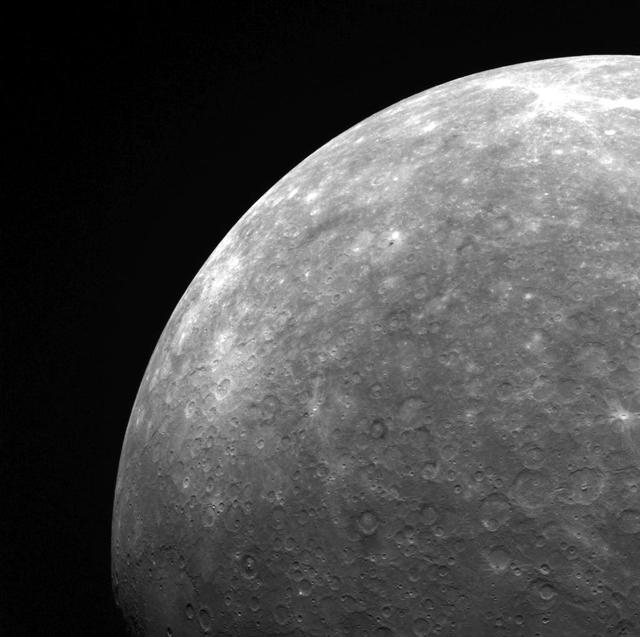Starwatch for February 2023
Written by John Del Re on February 15, 2023
Hello! I’m Karl Hricko of United Astronomy Clubs of NJ and the National Space Society, bringing you the February Starwatch for the WNTI listening area.
Did you know that besides Valentine’s Day, hearts can be found in the sky every night? First of all, we should know that Valentine’s Day became a celebration after Saint Valentine became the patron of young people, love, and happy marriages, around 496 A.D. Because of its connection to the emotions and pleasure, the heart has been a symbol of romance and courtly love from about the 15th Century. So how does Astronomy fit into this picture?
There is the symbol of a heart located about 3 billion miles away in our Solar System. It’s a prominent geological feature on the surface of Pluto, the Dwarf Planet. If we go out further, about 555 light years, we’ll see the supergiant red star Antares. It represents the heart of Scorpius. Going about 7,000 light years further out, is the beautiful Heart Nebula – a mass of dust and gas shaped like a red heart. It’s a nursery for new star formation and is located in Cassiopeia. Of all these objects, we can only see Antares with our naked eye.
Of course we can see the five visible planets this month. Starting from left to right, from southeast to southwest after sunset, Mars is located in Taurus. Continuing our gaze to the southwest, Jupiter brightly shines in Cetus while a glaring Venus is more than visible in Aquarius. Mercury is seen before sunrise to the southeast in Sagittarius. The ringed planet Saturn is not visible.
So now we know that the Valentine card of the starry sky has its own display of Valentine hearts.
Until our next Starwatch -Don’t forget to check out … What’s up in the night sky!


